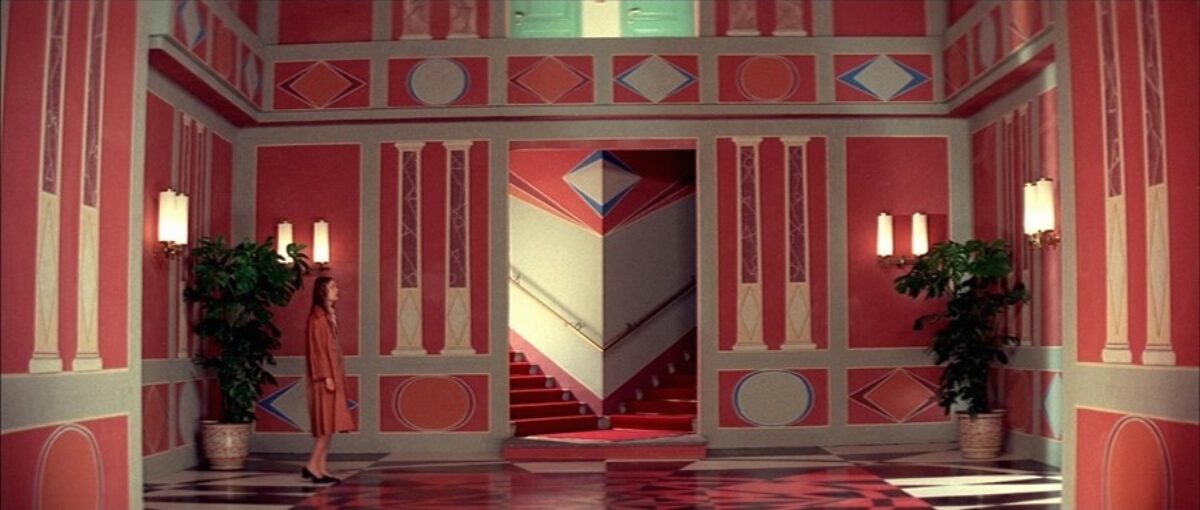
For this lab assignment we were given a plan on how to add moulding to a makeshift practice wall. We had to read the measurements shown on the plan and cut the moulding accordingly.
Certain pieces of moulding had to be cut at certain angles. These angled cuts are also known as miter cuts, and bevel cuts. Cross cuts also had to be made to the original strip of moulding.
Initially I understood what had to be done according to the plan, but wasn’t sure of the technicalities to do so. First I measured and marked the moulding, and made any cross cuts because the miter saw did not have to be adjusted. My unfamiliarity with being in the shop made using the miter saw difficult, in which I required instruction. I remember cutting a piece of moulding backwards, in which the blade was turned to the wrong 45 degree angle. From this mistake I learned to double check the angle of the blade before cutting into the wood. Another issue I encountered was lining up the moulding, sometimes the wood was not completely flush meaning the angles were slightly off from each other. When stapling the moulding to the wall the impact from the stapler would sometimes shift the moulding.
I appreciate the practicality of this lab, cutting and applying moulding is something done in most residential spaces to frame doors, closets, windows etc. For example if I was doing a home renovation on an old house, it would be beneficial to know how to install moulding. In a real life situation we might work with longer or wider pieces of wood. Using a miter saw for angled cuts can be useful for other projects as well.



